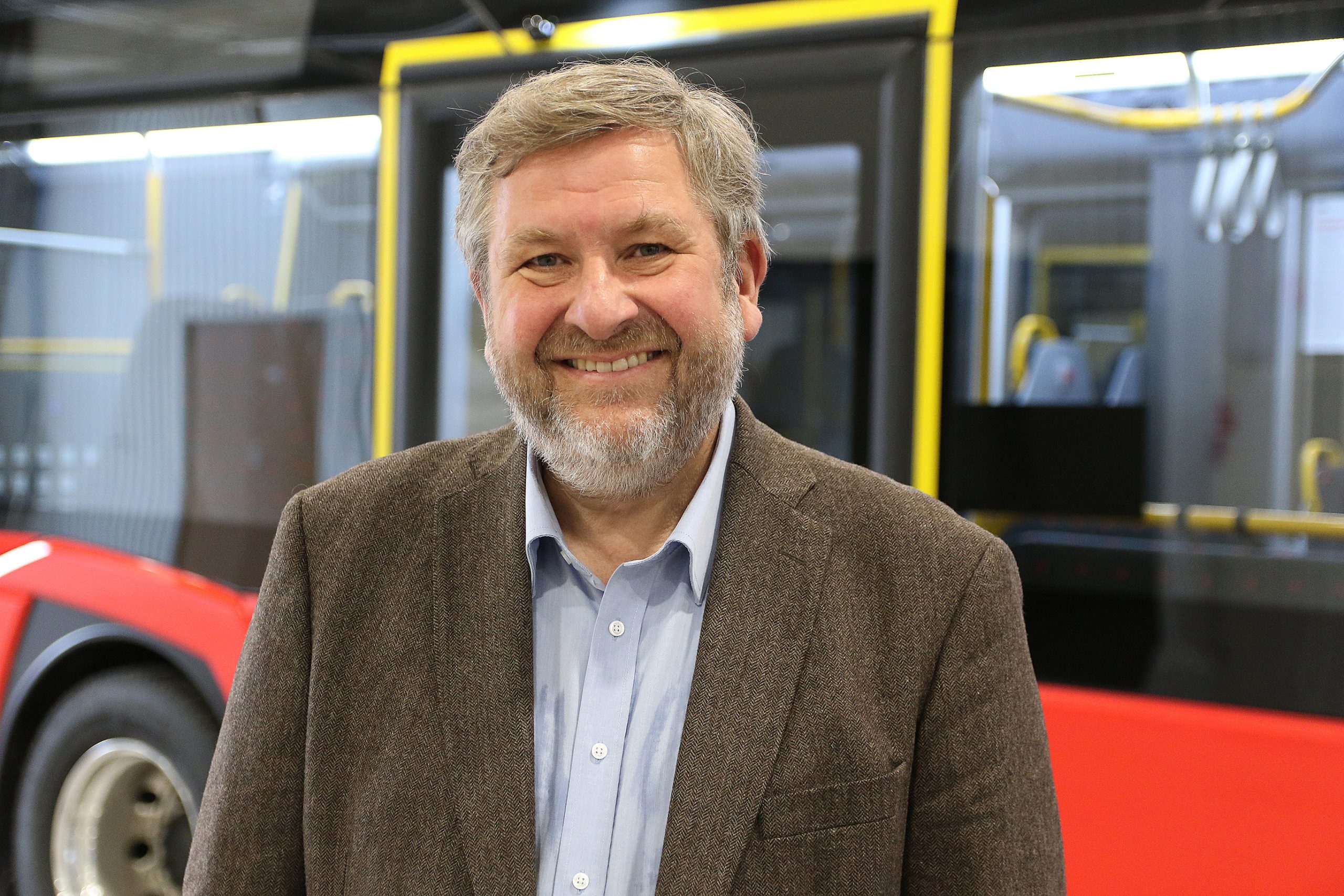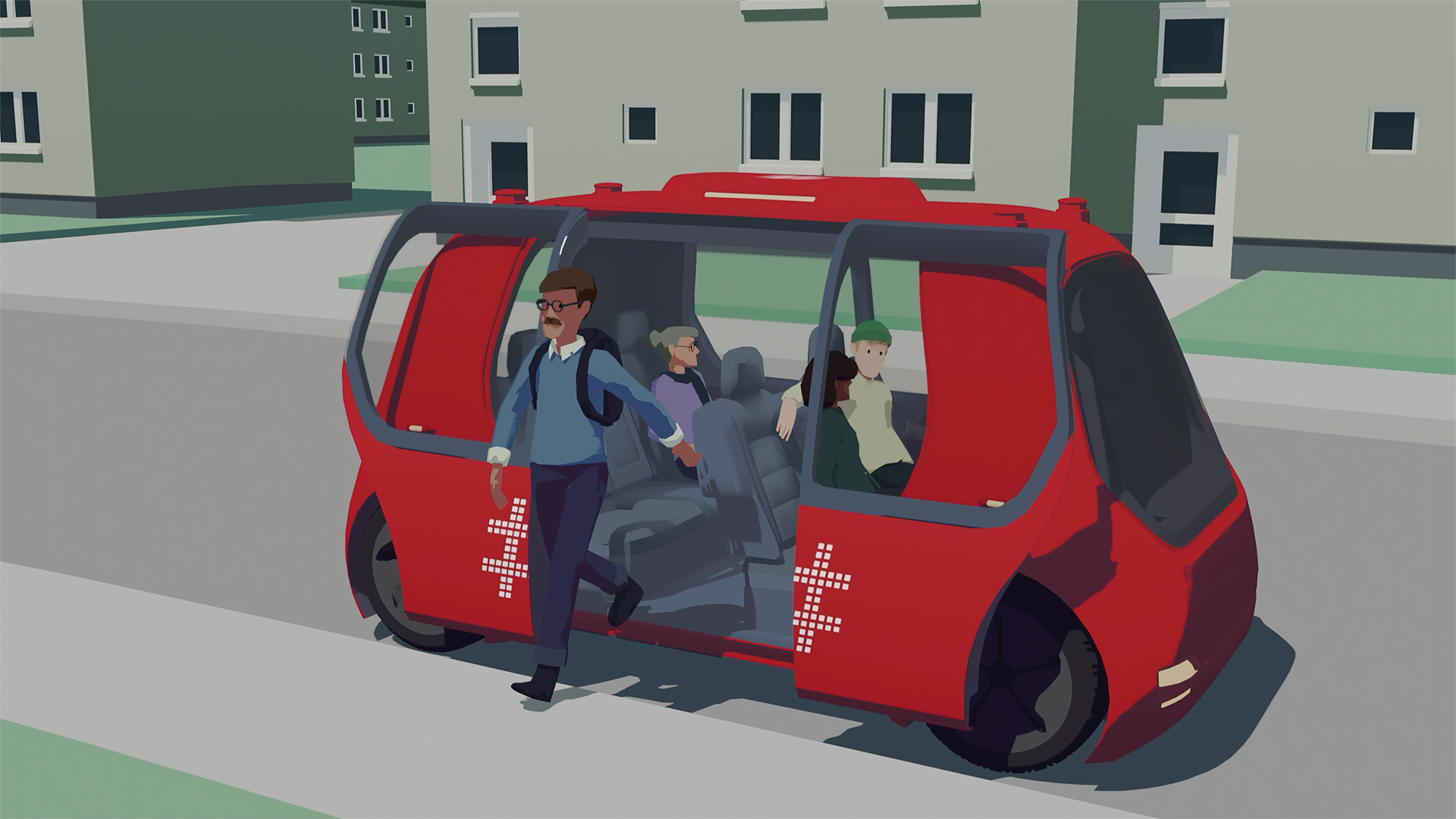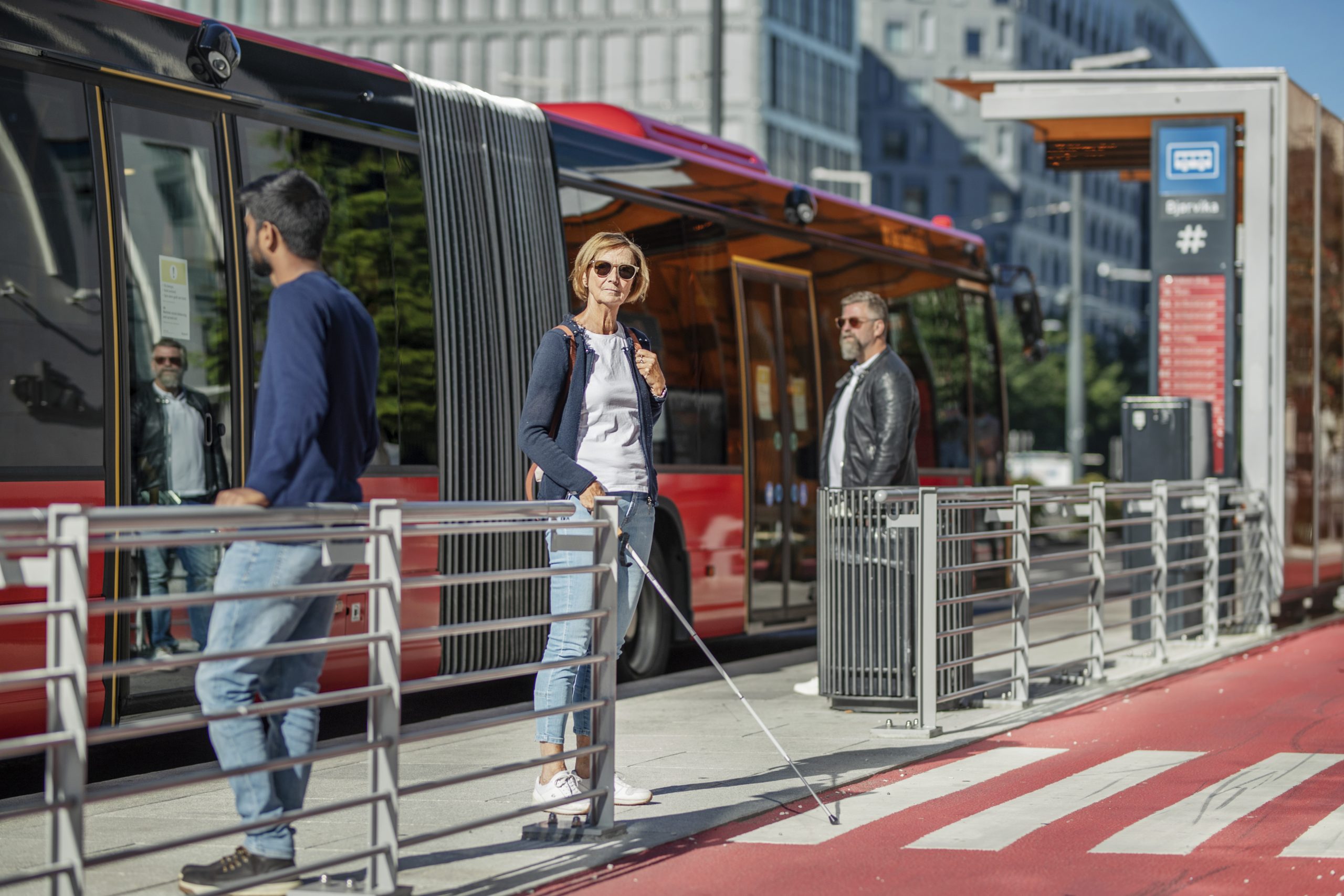We created the market
We will reach a major milestone in Oslo in 2023: By the end of the year, all public transport in the capital will be virtually emission-free.
The goal of emission-free public transport in Oslo and in Ruter’s area in Viken was formulated in 2018. We were aiming to achieve this goal in 2028, in close collaboration with the owners. We are proud to deliver five years ahead of schedule in the capital, and we are well on track in Viken as well.
We have achieved this goal by exploiting our scope of action inherent in the tenders. This has resulted in faster phasing-in of emission-free solutions. We have requested, explored and tested zero-emission technology together with our suppliers, while the market was still immature and the technology expensive and uncertain.
We formulated what we wanted to achieve in the tenders, without specifying the preferred technology. In this way, we contributed to increasing the demand for emission-free public transport in the market – which followed up with solutions. Electricity was the right technology. And it went faster than anyone could imagine.
This is the Ruter model at its very best.




